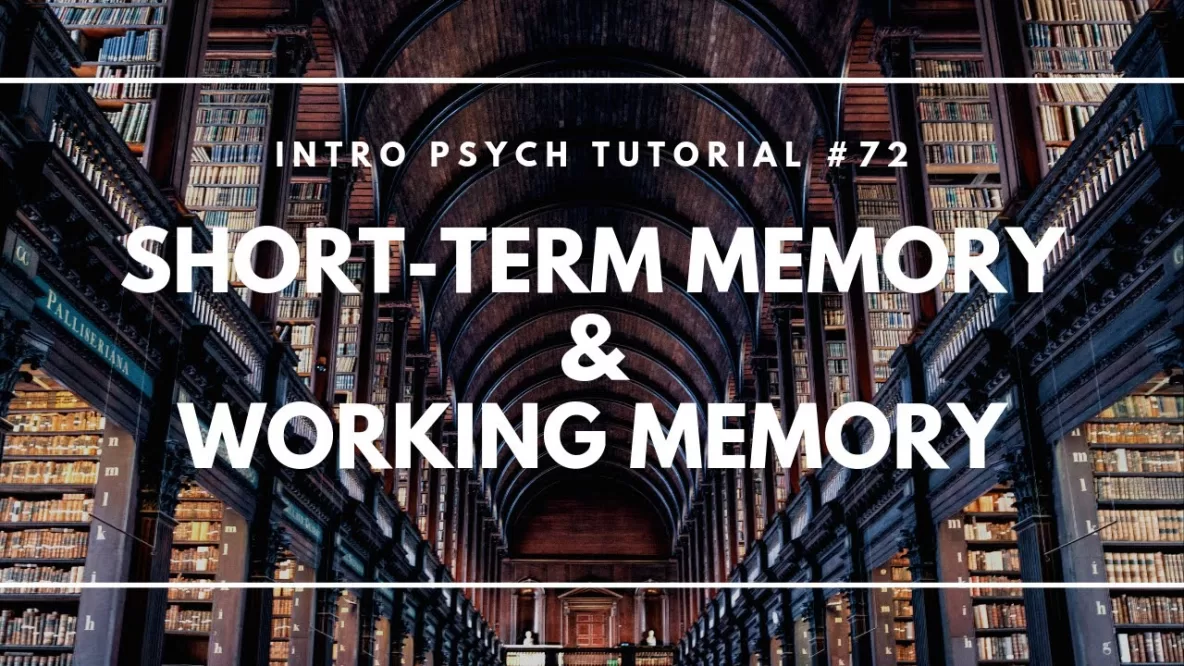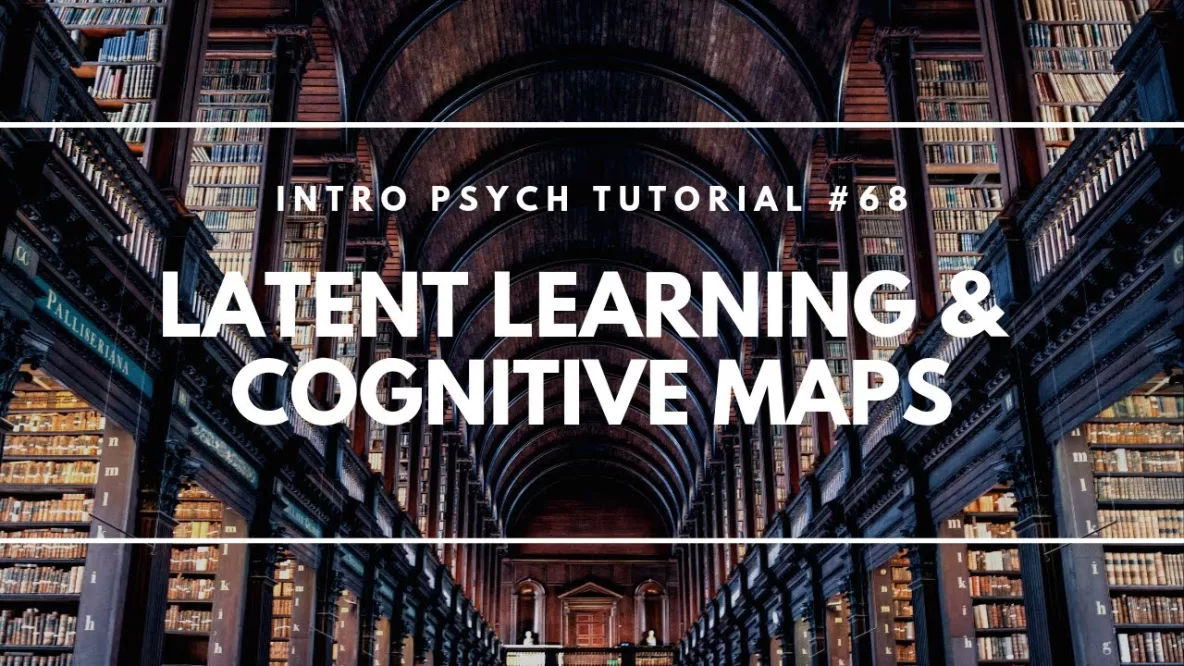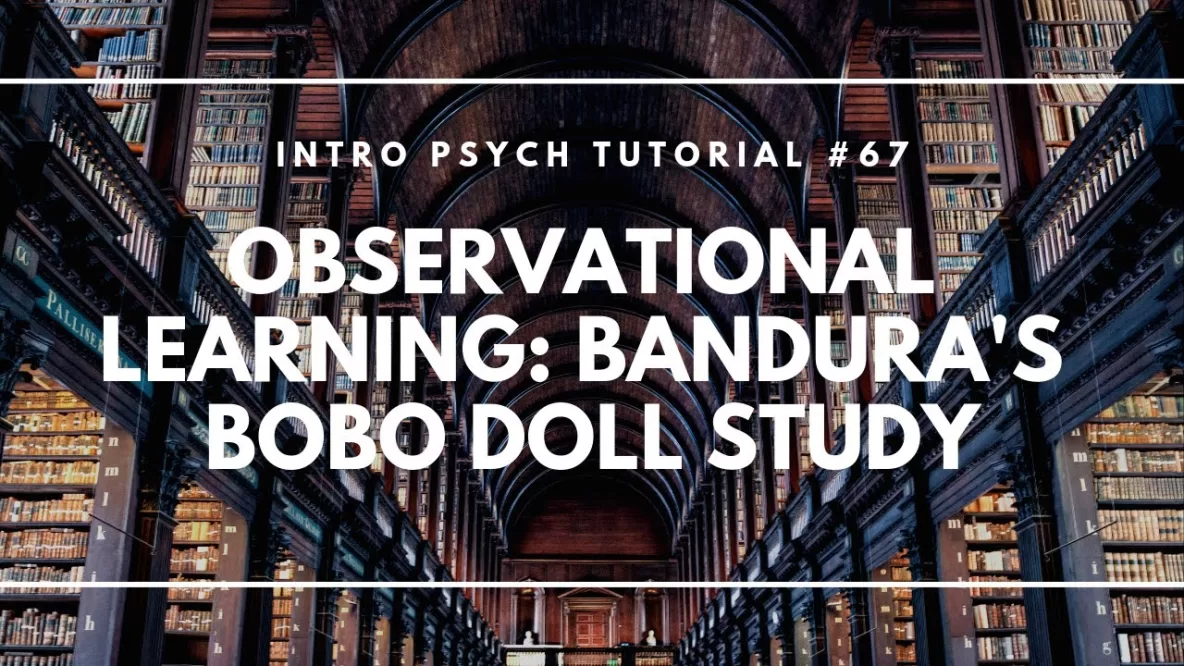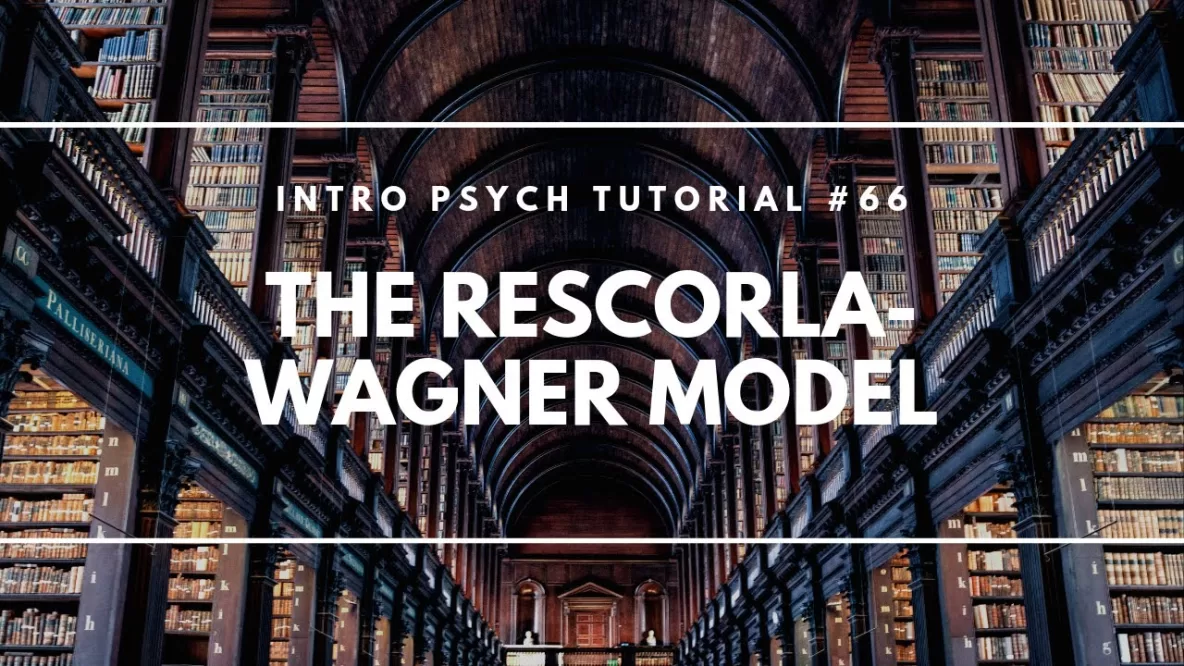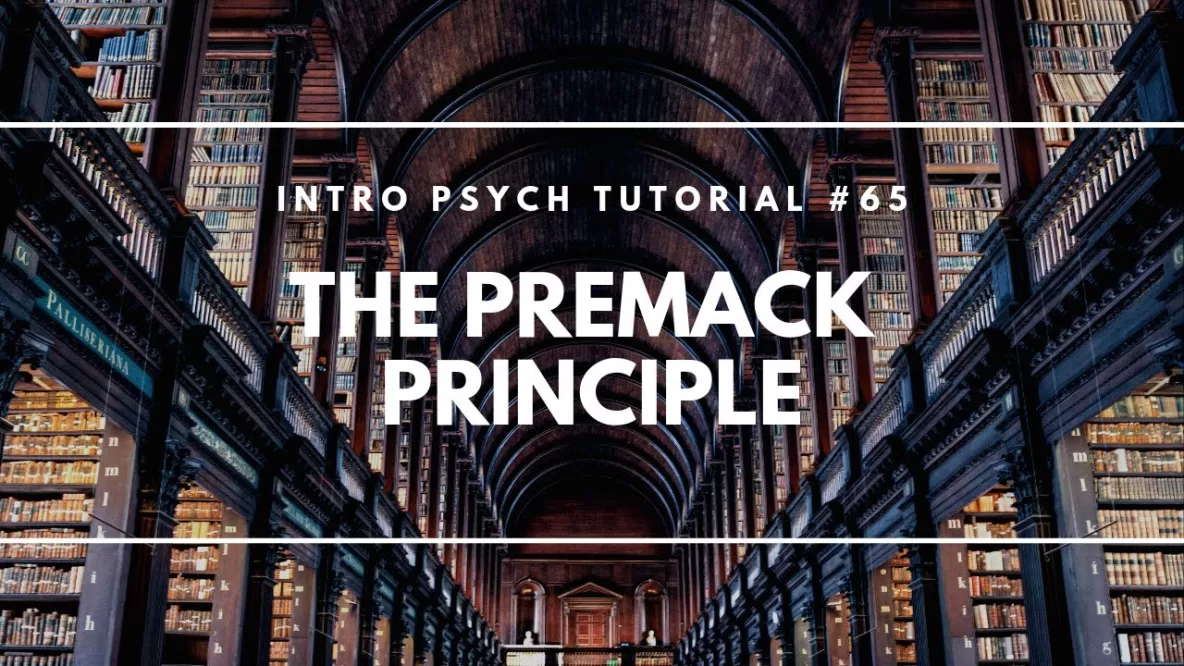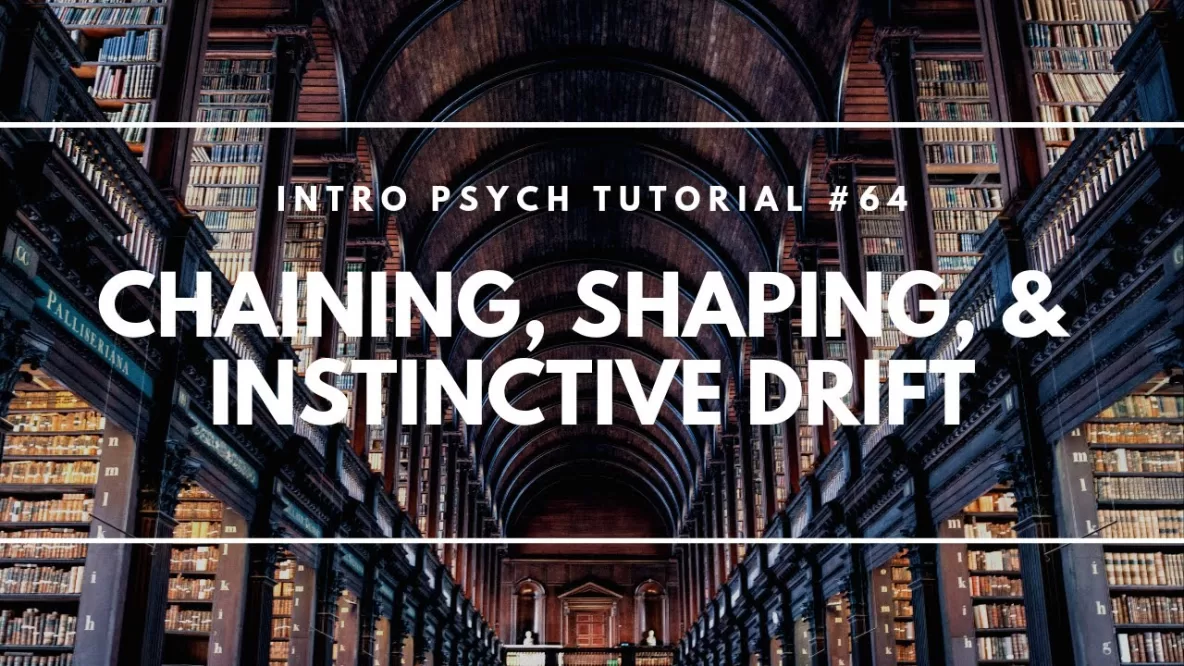In this video I cover the final box in the 3-box model of memory, long-term memory. Long-term memory is generally considered to have an unlimited capacity and thus is never “full”. I explain different types of long-term memory which can … Read More
Short-Term Memory & Working Memory
In this video I cover the second box in the 3-box model, short-term memory, in greater detail. I explain the limited capacity of this store, George Miller’s “Magical Number 7”, and how organizational encoding and chunking may appear to expand … Read More
The Sensory Memory Store
In this video I cover the first box in the 3-box model, sensory memory, in greater detail. I explain how this store refers to information from all of the senses, though individual senses can be specified using terms like iconic … Read More
Introduction to Memory
In this video I begin the memory unit by introducing a few key terms (encoding, storage, and retrieval), explaining why it’s important not to extend the “mind as computer” analogy too far, and briefly outlining the 3-Box model of memory … Read More
Abstract Learning & Insight Learning
In this video I describe abstract learning and insight learning as types of learning that both require internal cognitive processing. Abstract learning demonstrates how mental concepts and categories relate to stimulus generalization while insight learning demonstrates the use of mental … Read More
Latent Learning & Cognitive Maps
In this video I explain the concept of latent learning using two studies conducted by Edward Tolman and colleagues. Latent learning refers to learning that occurs without reinforcement and isn’t demonstrated until an opportunity arises. I also describe the idea … Read More
Observational Learning: Bandura’s Bobo Doll Study
In this video I explain Albert Bandura’s famous “Bobo Doll” study on observational learning and aggressive behavior. In this study, adults modeled aggressive playing behaviors with a Bobo doll which were then performed by children who had simply observed the … Read More
The Rescorla-Wagner Model
In this video I explain the basic idea behind the Rescorla-Wagner model or contingency model of classical conditioning proposed by Robert Rescorla and Allan Wagner. This model suggests that the reason Pavlov’s dogs associated the bell (rather than some other … Read More
The Premack Principle
In this video I describe the Premack Principle which refers to the idea that behaviors can be high or low probability which in turn means that high probability behaviors can serve as reinforcement for low probability behaviors. Don’t forget to … Read More
Chaining, Shaping, & Instinctive Drift
In this video I describe the how conditioning to be used to train more complex behaviors. This can be accomplished with chaining, which involves linking together previously conditioned behaviors, and shaping, which involves reinforcing successive approximations of a desired behavior. … Read More


